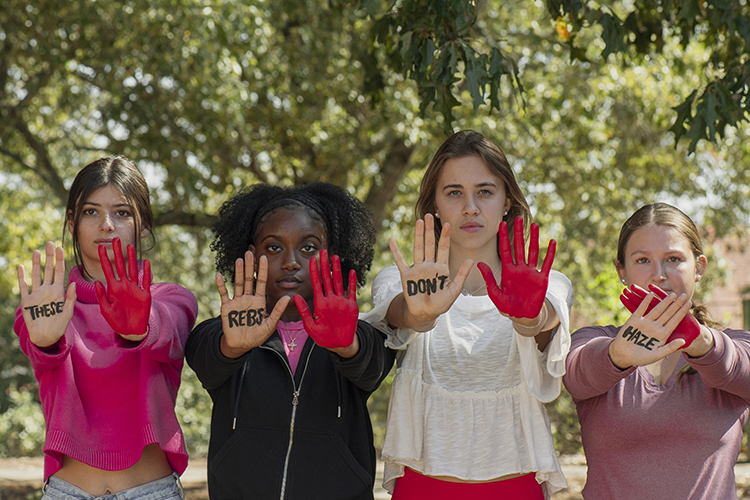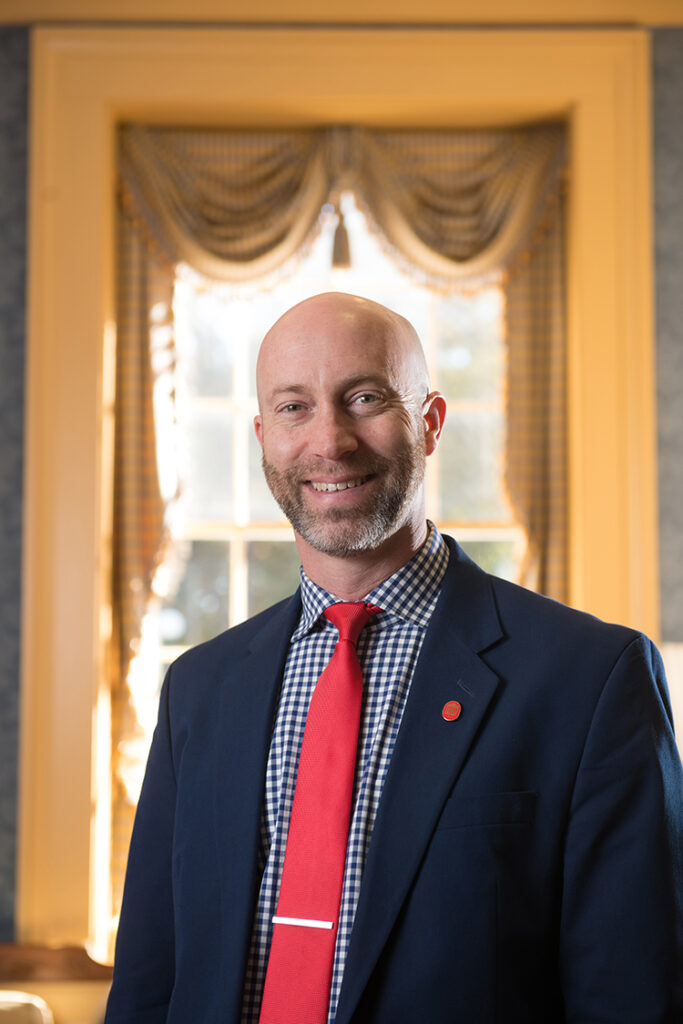
The University of Mississippi has joined the sixth cohort of the Hazing Prevention Consortium, a three-year initiative designed to pair hazing research and prevention experts from the StopHazing research and advocacy group with campus associates across the nation. Photo by Srijita Chattopadhyay/Ole Miss Digital Imaging Services
Three-year initiative to gather data, implement prevention strategies on campus
The University of Mississippi has joined a consortium of institutions across the country dedicated to hazing prevention.
Ole Miss is among the sixth cohort of colleges and universities in the Hazing Prevention Consortium. The three-year initiative pairs StopHazing‘s research and prevention experts with campus associates across the nation.
“I am pleased that our institution has joined the sixth HPC cohort, as our participation will lead to a better understanding of campus culture regarding hazing perceptions and behavior,” said Brent Marsh, assistant vice chancellor for student affairs and dean of students.
“We have so many amazing student organizations, athletically oriented groups, honors societies and more, which all contribute to leadership formation and campus vibrancy.”
Approximately 55% of students who participate in clubs, teams or organizations experience some form of hazing during college, according to the Hazing Prevention Network. In 95% of cases, students who were hazed did not report their experience, according to StopHazing.
“Hazing has no place on our campus,” Marsh said. “And the HPC experience will only make us better.”
Marsh appointed Brittany Dawson, assistant director for conflict resolution and student conduct, and Sedric Scott, assistant director of fraternity and sorority life, to serve as the consortium’s liaisons. Marsh also helped select a group of seven students, staff members and campus representatives to a committee on the consortium’s work.
“Hazing happens everywhere,” Scott said. “We’re trying to establish where and whether it’s happening in our institution and what measures we can do to prevent it happening.”
UM representatives will collect data and perform assessments to create a profile of the university’s need for hazing prevention and to best adapt StopHazing’s Hazing Prevention Framework to the Ole Miss campus.
“This allows us to establish data points as far as any form of hazing that may or may not exist in our institution,” Scott said. “With this, we’ll have the data to say we don’t have an issue, or we do have an issue, and this is where the infractions are taking place.”
Part of what makes hazing so difficult to track and prevent is the secretive nature of the acts, he said.
“When I do hazing prevention training, people feel like they’re close to these groups because they went through this, like it’s a rite of passage, but it’s not,” said Scott, who also serves as the state director for Phi Beta Sigma Fraternity Inc.
Through surveys sent to about 25% of the undergraduate student population, the committee hopes to identify any form of hazing on campus and learn how to stop it, he said.
Ole Miss is among 10 universities in the consortium’s sixth cohort, which includes Harvard, Princeton, and Arizona State universities. Twenty-three universities have participated in or completed the consortium since it began in 2013.
To report hazing behavior in the UM community, refer to the Hazing Report Form.
By Clara Turnage







